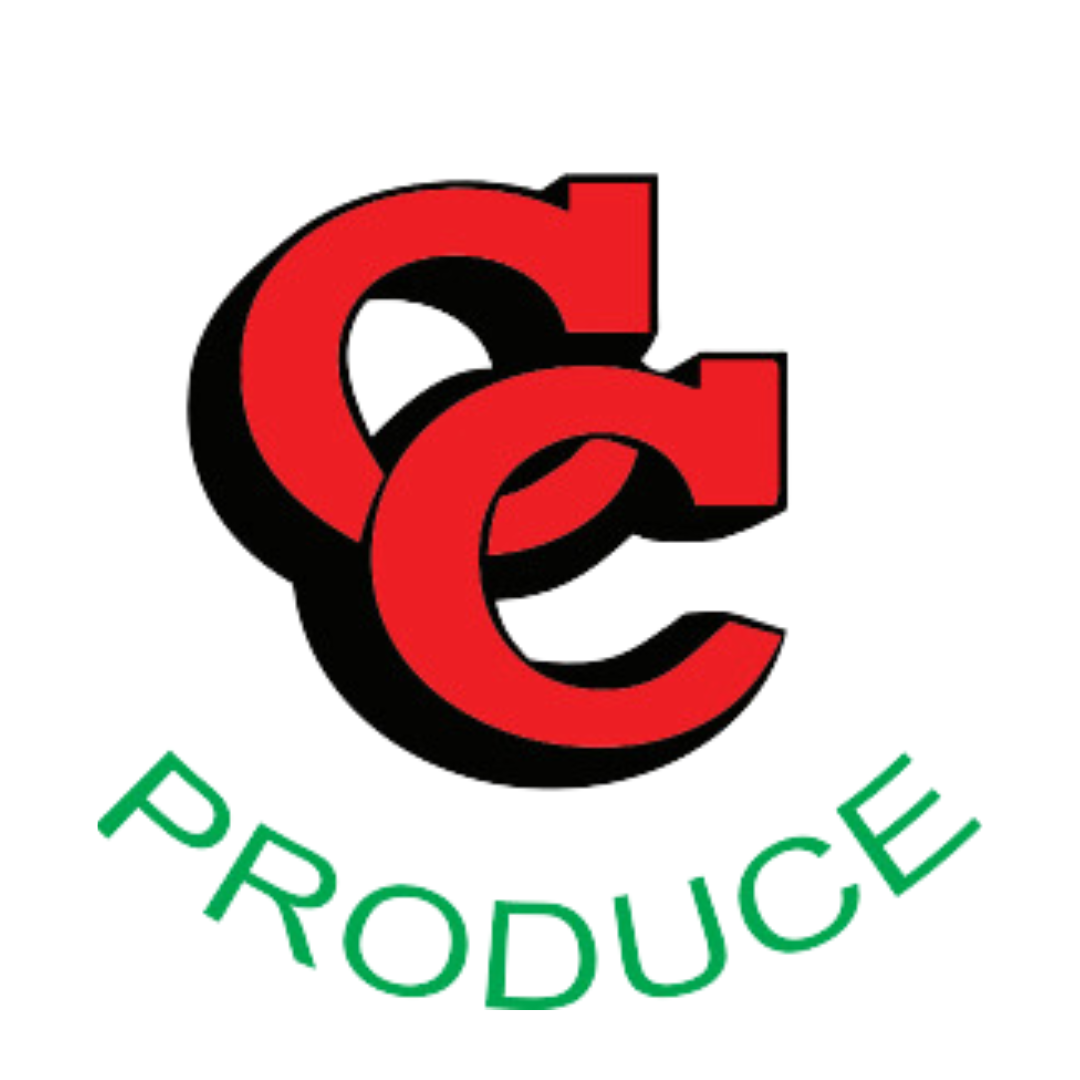How to store produce
To store produce effectively, follow these general guidelines:
- Refrigerate or Store at Room Temperature: Some fruits and vegetables are best stored in the refrigerator, while others should be kept at room temperature. For example, tomatoes, avocados, and bananas are typically stored at room temperature, while leafy greens, berries, and most vegetables should be refrigerated.
- Use Produce Drawers: Store fruits and vegetables separately in designated produce drawers in your fridge. This helps maintain the proper humidity levels for each type of produce.
- Keep Ethylene Producers Separate: Ethylene is a natural gas produced by some fruits like apples, bananas, and avocados, which can speed up ripening and spoilage of other fruits and vegetables. Store ethylene producers away from other produce to prevent premature ripening.
- Use Ventilated Bags or Containers: Store items like mushrooms, herbs, and some greens in breathable bags or containers to maintain freshness.
- Keep It Dry: Moisture can promote mold and spoilage. Make sure your produce is dry before storing it.
- Check for Ripeness: Keep an eye on your produce for ripeness. Use it when it’s ready to avoid overripening or spoilage.
- Remove Bruised or Rotten Parts: If you notice any bruised or rotten areas on your produce, remove them promptly to prevent the spread of spoilage.
- Use Storage Guidelines: Some fruits and vegetables have specific storage requirements. Refer to our produce guides or resources for more detailed information.
- Use airtight containers for cut produce: If you’ve cut fruits or vegetables, store them in airtight containers to keep them fresh.
- Plan Your Meals: Try to plan meals so you use your produce before it goes bad. Using the oldest items first can help reduce waste.
Remember that specific produce may have unique storage requirements, so it’s a good idea to refer to our produce guides or resources for detailed instructions on storing individual fruits and vegetables.

